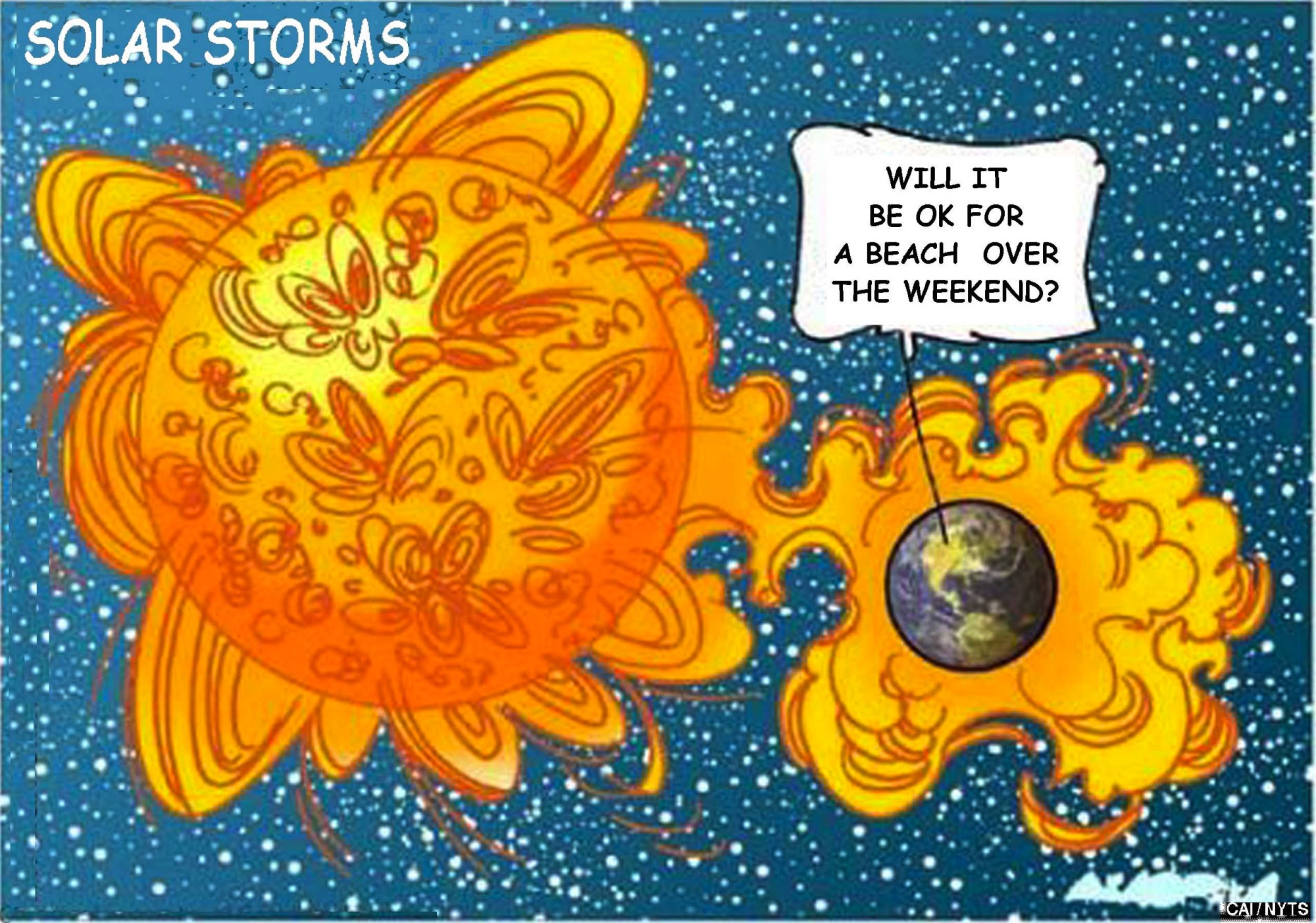A report published in the journal Space Weather this past week makes for sobering reading. In four scenarios envisaging the economic impact of a solar storm, the mildest triggers a daily loss to the U.S. economy of $6.2 billion, or 15 percent of daily output; the worst case sees a cost of $41.5 billion, wiping out every dollar the world's largest economy generates each day.
What sort of event could do that? Something, say, along the lines of the massive explosion on the sun akin to "thousands of nuclear bombs exploding at the same time" that happened on March 10, 1989, according to the U.S. National Aeronautics and Space Administration. The explosion released a vast cloud of solar plasma that raced toward the earth at 1.6 million kilometers an hour. When it hit Canada, the electrically charged storm knocked out Quebec's power grid, leaving 6 million people without power for nine hours.
The World Economic Forum's annual assessment of global risks, published last week, rates extreme weather events as the most likely risk to the world and the second-most impactful (detonating weapons of mass destruction was perceived as the risk with the greatest consequences, though deemed unlikely to happen).



















With your current subscription plan you can comment on stories. However, before writing your first comment, please create a display name in the Profile section of your subscriber account page.